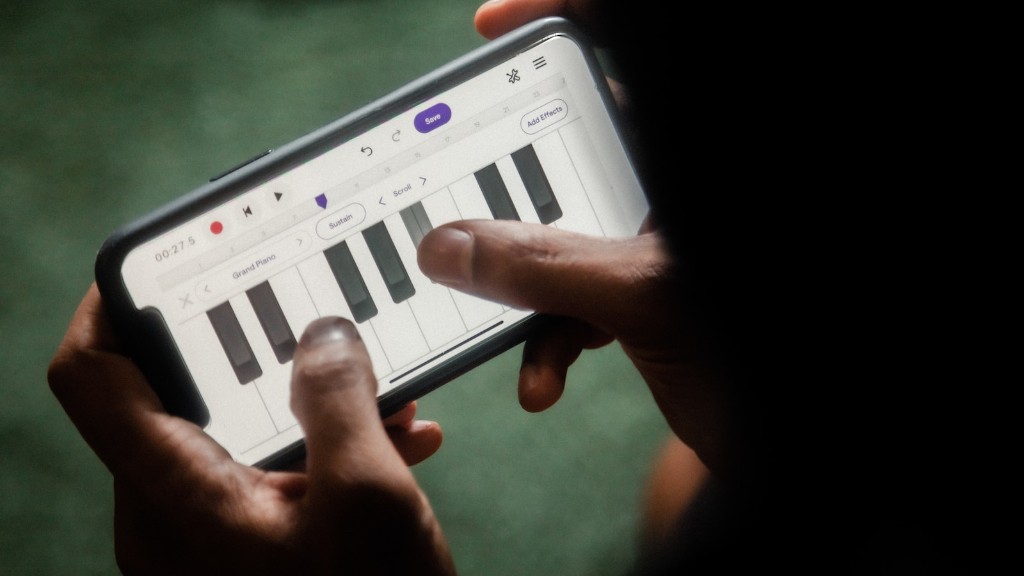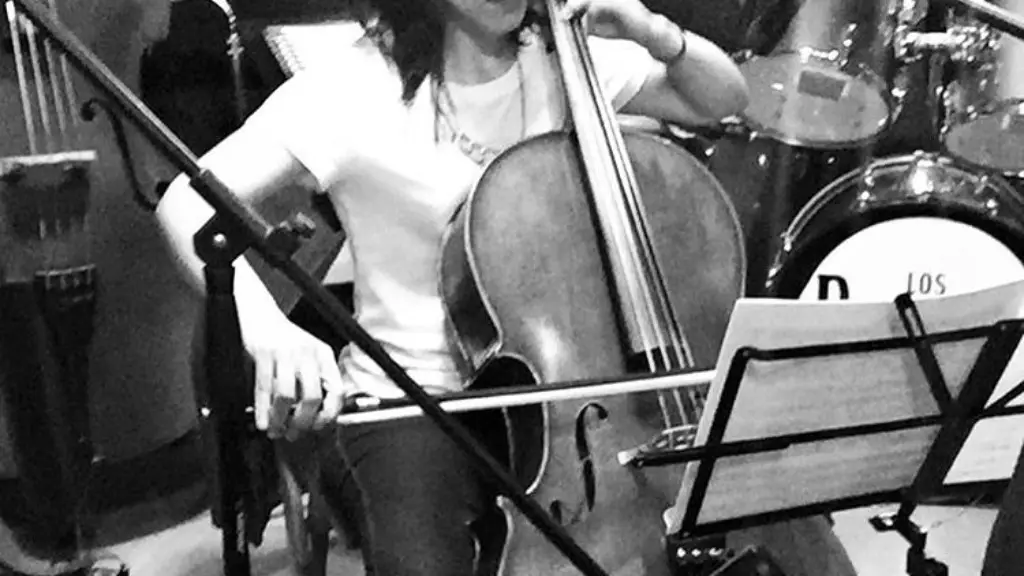The most important thing to remember when composing a letter, is to make sure that your letter is clear, concise, and grammatically correct. There are a few standard elements that should be included in every letter, including:
The date
The recipient’s name and address
The sender’s name and address
A salutation (e.g., “Dear [Name],”)
The body of the letter
A closing (e.g., “Sincerely,” “Best,” etc.)
Your signature
When it comes to the body of the letter, it is important to make sure that you are getting your point across in a respectful and professional manner. Try to limit each paragraph to one main point, and be sure to proofread your letter before sending it off.
There is no one correct answer to this question, as the format and content of a letter will vary depending on the purpose of the letter and the intended audience. However, there are some general guidelines that can be followed when composing a letter. The letter should be concise and direct, and should only include information that is relevant to the purpose of the letter. The tone of the letter should be polite and professional, and any enclosure should be identified and briefly described. The letter should be ended with a courteous closing, such as “Sincerely yours,” followed by the sender’s name and contact information.
What are the steps for composing a letter?
Your name, contact information, and the date should be written at the top of the letter.
The recipient’s name and contact information should be written next, followed by a greeting.
The body of the letter should be concise and direct.
The letter should end with a complimentary close, your name, and signature.
The letter should be sent to the recipient’s address.
Block style is the most commonly used business letter format. When writing a formal letter in block style, all of the text is aligned to the left side of the page and single-spaced, with double spaces between paragraphs.
The sender’s address is written in the top left corner of the letter. The date is written below the sender’s address, on the left side of the page. The recipient’s address is written on the right side of the page, above the letter’s salutation.
The salutation is written after the recipient’s address and is followed by a colon. The body of the letter is single-spaced, with a double space between each paragraph.
The complimentary close is written after the final paragraph of the letter’s body and is followed by a comma. The sender’s name and signature are written below the complimentary close.
If there are enclosures, they are listed after the signature, each on a separate line and preceded by the word “Enclosure” or “Enclosures.”
What is the basic letter format
There are two common formats for business letters: block format and modified block format.
Block format is when the entire letter is left justified and single spaced, except for a double space between paragraphs. Modified block format is when the sender’s address, date, and closing are all left justified and single spaced, but the body of the letter is double spaced.
A personal letter typically contains five parts: the heading, the greeting, the body, the complimentary close, and the signature line.
The heading includes the address, line by line, with the last line being the date.
The greeting always ends with a comma.
The body is also known as the main text.
The complimentary close comes before the signature line.
The signature line contains the sender’s name.
What are the 7 C’s of letter writing?
A good letter is complete, concise, clear, courteous, and correct.
A business letter has several parts that are essential to the letter’s success. The heading contains the return address with the date on the last line. The recipient’s address is next and is followed by the salutation. The body of the letter is the most important part as it contains the message the sender is trying to communicate. The complimentary close comes next and is followed by the signature line. Finally, any enclosures are listed at the end.
What is the trick to write a good letter?
No matter what type of letter you are writing, there are some general guidelines that you can follow to make sure that your letter is effective. First, you need to know your reader and what they are looking for in a letter. Second, you need to choose the right format for your letter. A formal letter will have a different format than an informal letter. Third, you need to be concise in your writing. Keep your letter short and to the point. Fourth, write to the reader in a way that is clear and easy to understand. Fifth, proofread your letter before sending it to make sure that there are no mistakes.
Hello ____,
I hope this email finds you well. I hope your day so far has been pleasant. I hope you are having a wonderful day.
Your prompt response is much appreciated.
I am writing to you in relation to _____.
Thank you for contacting us at
Sincerely,
What are the 3 main styles of letter writing
The three major types of letters are Formal, Informal, and Semi-formal letters.
Formal letters are written following a certain formality and pattern. They are usually written for business or official purposes.
Informal letters are also called personal letters. They are written in a more personal way and the tone is usually friendly.
Semi-formal letters follow the same pattern as formal letters, but the tone is usually less formal.
Here are the key elements of a letter, in their usual order:
1 Your address, telephone, fax, email – Put your address, telephone, fax and/or email at the top in the centre or on the right.
2 Date
3 Destination name and address
4 References
5 Salutation (Dear)
6 Subject
7 Body
8 Ending (Yours)
What are the features of a friendly letter?
A friendly letter has six parts: the heading, the greeting, the body of the letter, the closing, the signature, and the postscript. The heading is the first thing you see on the letter, and it includes the name and address of the sender and the date. The greeting is the second part of the letter, and it includes the word “Dear” followed by the name of the person you are writing to. The body of the letter is the third part, and it is where you write the main message of the letter. The closing is the fourth part, and it is where you say goodbye to the person you are writing to. The fifth part of a friendly letter is the signature, and it is where you sign your name. The final part of a friendly letter is the postscript, and it is where you write a short message after your signature.
Communication is key in any setting, whether it be personal or professional. There are five essential communication skills that everyone should possess in order to be an effective communicator.
Written communication is the ability to convey ideas and information through the use of written language. This can be in the form of emails, memos, reports, etc. It is important to be clear and concise when communicating through writing so that the message is not lost or misunderstood.
Oral communication is the ability to convey ideas and information through the use of spoken language. This can be in the form of face-to-face conversations, presentations, phone calls, etc. It is important to be clear and concise when communicating orally so that the message is not lost or misunderstood.
Non-verbal and visual communication is the ability to communicate through body language and other non-verbal cues. This includes things like facial expressions, eye contact, body posture, etc. It is important to be aware of these cues when communicating with others so that the message is not lost or misunderstood.
Active listening is the ability to listen attentively to others and provide feedback. This involves being able to hear what the other person is saying, understand the message, and providing feedback. It is important
How can you keep your message concise
It is important to be concise when communicating because it ensures that your message is clear and easy to understand. Try taking out any filler words, and keeping your message simple. You can also use formatting to your advantage by breaking up your text into shorter paragraphs or bullet points. Doing this will help keep your reader focused and prevent them from getting lost in your message.
Communication is the process of sharing information between individuals. The four main types of communication are verbal, non-verbal, written, and visual.
Verbal communication is the use of spoken language to share information. This type of communication can be further divided into two categories: face-to-face communication and telephone communication.
Non-verbal communication is the use of body language, gestures, and facial expressions to share information. This type of communication is often used in conjunction with verbal communication.
Written communication is the use of written language to share information. This includes everything from email and text messages to memos and letters.
Visual communication is the use of images and other visual aids to share information. This can include anything from charts and graphs to presentations and computer displays.
What are the essential elements of letter writing?
There are seven essential elements of writing a letter: a warm greeting, writing about fond memories, being concise, working on your penmanship, remembering to date the letter, asking questions, and ending on a positive, personal note. By following these simple tips, you can write a letter that is sure to impress and leave a lasting impression.
A professional letter should be simple and short, written in business format using a traditional font. The letter should be no more than one typed page, with one-inch margins and left justification. The letter should be single-spaced, with a space between each paragraph.
What are the 4 basic letter formats
There are four main types of business letter formats: full block, semi-block, modified block, and modified semi-block.
Full block format is the most formal format, and all of the elements are aligned to the left. Semi-block format is less formal than full block, and the elements arealigned to the left except for the sender’s address, date, complimentary close, and signature, which are centered. Modified block format is similar to semi-block, but thedate, complimentary close, and signature are aligned to the right. Modified semi-block format is the least formal of the four formats, and the date is aligned to the right while the complimentary close and signature arecentered.
Writing Effective Letters
Identify your audience: who will you be writing this letter to? Will it be read by multiple people, or just one? What is their relationship to you? What do they need to know?
Organize letters to meet your users’ needs: what is the purpose of this letter? Are you trying to inform, persuade, or request something? Make sure your letter is organized in a way that will achieve your desired goal.
Start with the main message: what is the most important thing you want to communicate? Make sure this is clear from the beginning of your letter.
Letters may need a sympathetic opening: in some cases, it may be appropriate to start your letter with a compassionate statement. This could be something like, “I’m sorry to hear that you’re going through a tough time.”
After the main message, use an overview sentence: this can be a brief summary of what you talked about in the letter, or a statement of what action you expect the recipient to take.
Letter headings: use headings and subheadings to help the reader navigate your letter.
Use pronouns: when writing to someone you don’t know well, it can be helpful to use “
Final Words
When composing a letter, there are a few things you will want to keep in mind. First, consider who your audience is and what you hope to accomplish with your letter. Next, make sure to format your letter correctly and use a professional tone. Finally, proofread your letter before sending it to avoid any mistakes.
There are a few things to keep in mind when composing a letter. The letter should be clear and concise, and free of any grammar or punctuation errors. It is also important to think about what you want to say before you start writing, so that you can stay on topic. Following these tips will help you compose a letter that is sure to get your message across.


